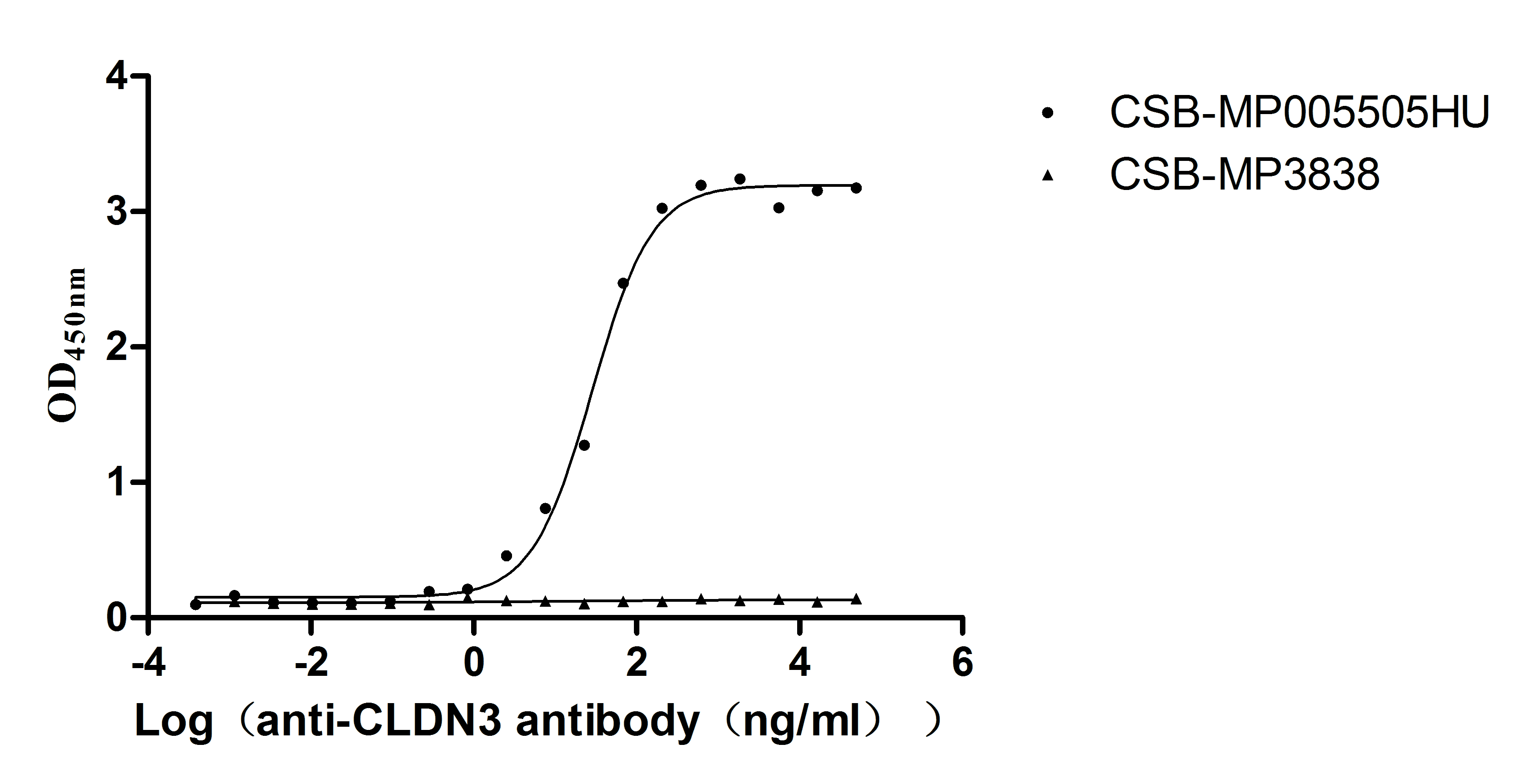Recombinant Human Carbohydrate-responsive element-binding protein (MLXIPL), partial
-
中文名称:人MLXIPL重组蛋白
-
货号:CSB-YP868271HU
-
规格:
-
来源:Yeast
-
其他:
-
中文名称:人MLXIPL重组蛋白
-
货号:CSB-EP868271HU
-
规格:
-
来源:E.coli
-
其他:
-
中文名称:人MLXIPL重组蛋白
-
货号:CSB-EP868271HU-B
-
规格:
-
来源:E.coli
-
共轭:Avi-tag Biotinylated
E. coli biotin ligase (BirA) is highly specific in covalently attaching biotin to the 15 amino acid AviTag peptide. This recombinant protein was biotinylated in vivo by AviTag-BirA technology, which method is BriA catalyzes amide linkage between the biotin and the specific lysine of the AviTag.
-
其他:
-
中文名称:人MLXIPL重组蛋白
-
货号:CSB-BP868271HU
-
规格:
-
来源:Baculovirus
-
其他:
-
中文名称:人MLXIPL重组蛋白
-
货号:CSB-MP868271HU
-
规格:
-
来源:Mammalian cell
-
其他:
产品详情
-
纯度:>85% (SDS-PAGE)
-
基因名:
-
Uniprot No.:
-
别名:carbohydrate response element binding protein; bHLHd14; Carbohydrate responsive element binding protein; Class D basic helix-loop-helix protein 14; MIO; MLX interacting protein like; Mlx interactor; MLX-interacting protein-like; MLXIPL; MONDOB; WBS14_HUMAN; WBSCR 14; WBSCR14; Williams Beuren syndrome chromosome region 14; Williams Beuren syndrome chromosome region 14 protein; Williams-Beuren syndrome chromosomal region 14 protein; WS basic helix loop helix leucine zipper protein; WS basic-helix-loop-helix leucine zipper protein; WS bHLH; WS-bHLH
-
种属:Homo sapiens (Human)
-
蛋白长度:Partial
-
蛋白标签:Tag type will be determined during the manufacturing process.
The tag type will be determined during production process. If you have specified tag type, please tell us and we will develop the specified tag preferentially. -
产品提供形式:Lyophilized powder
Note: We will preferentially ship the format that we have in stock, however, if you have any special requirement for the format, please remark your requirement when placing the order, we will prepare according to your demand. -
复溶:We recommend that this vial be briefly centrifuged prior to opening to bring the contents to the bottom. Please reconstitute protein in deionized sterile water to a concentration of 0.1-1.0 mg/mL.We recommend to add 5-50% of glycerol (final concentration) and aliquot for long-term storage at -20℃/-80℃. Our default final concentration of glycerol is 50%. Customers could use it as reference.
-
储存条件:Store at -20°C/-80°C upon receipt, aliquoting is necessary for mutiple use. Avoid repeated freeze-thaw cycles.
-
保质期:The shelf life is related to many factors, storage state, buffer ingredients, storage temperature and the stability of the protein itself.
Generally, the shelf life of liquid form is 6 months at -20°C/-80°C. The shelf life of lyophilized form is 12 months at -20°C/-80°C. -
货期:Delivery time may differ from different purchasing way or location, please kindly consult your local distributors for specific delivery time.Note: All of our proteins are default shipped with normal blue ice packs, if you request to ship with dry ice, please communicate with us in advance and extra fees will be charged.
-
注意事项:Repeated freezing and thawing is not recommended. Store working aliquots at 4°C for up to one week.
-
Datasheet :Please contact us to get it.
相关产品
靶点详情
-
功能:Transcriptional repressor. Binds to the canonical and non-canonical E box sequences 5'-CACGTG-3'.
-
基因功能参考文献:
- ChREBP regulates gene transcription related to glucose and lipid metabolism. Findings from knockout mice and human subjects suggest that ChREBP helps to induce hepatic steatosis, dyslipidemia, and glucose intolerance. [review] PMID: 27919710
- The results of this population-based study provide evidence for a relationship between lipid regulatory gene polymorphisms including GCKR (rs780094), GCKR (rs1260333), FADS (rs174547), and MLXIPL (rs3812316) with dyslipidemia in an Iranian population. PMID: 29858861
- Data (including data from studies using tissues/cells from transgenic mice) suggest that ChREBPalpha up-regulates expression and activity of NRF2, initiating mitochondrial biogenesis in beta-cells; induction of NRF2 is required for ChREBPalpha-mediated effects and for glucose-stimulated beta-cell proliferation. [NRF2 = nuclear factor (erythroid-derived 2)-like 2 protein] PMID: 29764859
- ChREBP was initially studied as a master regulator of lipogenesis in liver and fat tissue, it is now clear that ChREBP functions as a central metabolic coordinator in a variety of cell types in response to environmental and hormonal signals, with wide implications in health and disease. PMID: 28768172
- A nutrient-sensitive mTOR/ChREBP regulated transcriptional network could be a novel target to improve beta cell survival and glucose homeostasis in diabetes. PMID: 28606928
- these findings support a carbohydrate-mediated, ChREBP-driven mechanism that contributes to hepatic insulin resistance. PMID: 27669460
- results indicated that the age and total cholesterol concentrations were independent influential factors of ChREBP methylation and DNMT1 variants could probably influence LDL-C to further modify ChREBP DNA methylation PMID: 27281235
- p = 6.69 x 10(-9) ] on chr7 at the carbohydrate-responsive element-binding protein-encoding (MLXIPL) gene locus displayed significant protective characteristics, while another variant rs6982502 [0.76 (0.68-0.84); p = 5.31 x 10(-7) ] on chr8 showed similar but weaker properties. PMID: 27599772
- ChREBP role in non-alcoholic fatty liver disease.The involvement of ChREBP in FASN promoter histone modification. PMID: 28027934
- This cross-sectional study suggests that MLXIPL rs3812316 genotypes may be associated with Triglyceride levels. there were significantly different genotype distributions in two TG categories: (1) subjects with normal TG values had a significantly higher G allele frequency than those with elevated TG levels PMID: 27854512
- The results revealed the novel mechanism by which HNF-4alpha promoted ChREBP transcription in response to glucose, and also demonstrated that ChREBP-alpha and HNF-4alpha synergistically increased ChREBP-beta transcription. PMID: 27029511
- High glucose-mediated induction of PDGF-C via ChREBP in mesangial cells contributes to the development of glomerular mesangial expansion in diabetes. PMID: 27033449
- Diet-induced obesity increases basal expression of ChREBPbeta, which may increase the risk of developing hepatic steatosis, and fructose-induced activation is independent of gluconeogenesis. PMID: 26526060
- Data suggest that expression of ChREBPbeta isoform is up-regulated in pancreatic beta-cells in response to elevated levels of glucose (i.e., hyperglycemic conditions). PMID: 26384380
- Polymorphisms in lipid level modifier MLXIPL, GCKR, GALNT2, CILP2, ANGPTL3 and TRIB1 genes are highly associated with plasma lipid level changes. PMID: 25573592
- Single-nucleotide polymorphisms alleles near MLXIPL that were associated with higher coffee consumption. PMID: 25288136
- A major function of Mio in mitosis is to regulate the activation/deactivation of Plk1 and Aurora A. PMID: 26124292
- the single nucleotide polymorphism of MLXIPL is significantly associated with Non-alcoholic Fatty Liver Disease. PMID: 26177557
- results demonstrate that AGEs-RAGE signaling enhances cancer cell proliferation in which AGEs-mediated ChREBP induction plays an important role. PMID: 25111846
- Significant linkage disequilibria were noted among ZNF259, BUD13 and MLXIPL SNPs and serum lipid levels. PMID: 24989072
- demonstrates that Chrebp interacts with AR and regulates its transcriptional activity PMID: 24845031
- The MLXIPL-rs3812316 was associated with lower baseline triglycerides and lower hypertriglyceridemia. PMID: 24448738
- FLII is a component of the ChREBP transcriptional complex and negatively regulates ChREBP function in cancer cells. PMID: 24055811
- High glucose-induced, ChREBP-mediated, and normoxic HIF-1alpha activation that may be partially responsible for neovascularization in both diabetic and age-related retinopathy. PMID: 24664750
- The ChREBP mutant, W130A, did not exhibit HG-induced lipid accumulation and fibrotic proteins, suggesting that the Trp-130 residue in the MCR3 domain is important in the development of glomerulosclerosis. PMID: 24616092
- The ChREBP expression may be reflective of an aerobic metabolic phenotype that may conflict with hypoxia-induced signalling but provide a mechanism for growth at the oxygenated edge of the tumours. PMID: 24366300
- ChREBP plays a key role in reprogramming glucose and lipid metabolism in human cytomegalovirus infection. PMID: 24449882
- Data suggest that CHREBP is a central regulator of glycolysis/lipogenesis in liver and apoptosis/proliferation in specific cell types. [REVIEW] PMID: 23597489
- Data suggest that the activity of CHREBP is regulated via various mechanisms and that CHREBP is involved in the modulation of glucose and lipid metabolism in liver, pancreatic beta-cells, and adipose tissue. [REVIEW] PMID: 23604004
- Farnesoid X receptor inhibits the transcriptional activity of carbohydrate response element binding protein in human hepatocytes. PMID: 23530060
- de novo lipogenesis predicts metabolic health in humans in a tissue-specific manner and is likely regulated by glucose-dependent carbohydrate-responsive element-binding protein activation. PMID: 23443556
- Data from obese adolescents with prediabetes/early type 2 diabetes suggest that expression of ChREBP-alpha/beta in abdominal subcutaneous adipose tissue is inversely related to hyperglycemia severity and positively correlated to insulin resistance. PMID: 23209190
- ChREBP overexpression induced expression of stearoyl-CoA desaturase 1 (Scd1), the enzyme responsible for the conversion of saturated fatty acids (SFAs) into MUFAs PMID: 22546860
- The rs3812316 and the haplotypes in ChREBP gene appeared to be related to high susceptibility to CAD PMID: 21726544
- Multiple linear regression models based on 2373 individuals of Asian origin showed that the H allele of the MLXIPL gene was significantly associated with decreased concentrations of plasma triglycerides. PMID: 21938000
- ChREBP-beta expression in human adipose tissue predicts insulin sensitivity, indicating that it may be an effective target for treating diabetes. PMID: 22466288
- Our study reports that PP2A activity is dispensable for ChREBP activation in response to glucose and that dephosphorylation on Ser-196 is not sufficient to promote ChREBP nuclear translocation in the absence of a rise in glucose metabolism. PMID: 21835137
- an important mechanism by which importin-alpha and 14-3-3 control movement of ChREBP in and out of the nucleus in response to changes in glucose levels in liver PMID: 21665952
- sorcin retains ChREBP in the cytosol at low glucose concentrations and may act as a Ca(2+) sensor for glucose-induced nuclear translocation and the activation of ChREBP-dependent genes. PMID: 22338092
- The dramatic increase of ChREBP mRNA and protein levels during preadipocyte differentiation suggests a role in adipogenesis. PMID: 21840420
- ChREBP may function as a transcriptional repressor as well as an activator. PMID: 21811631
- in immortalized hepatocytes and in HepG2 hepatoma cells, only SREBP1c was able to induce adiponutrin/PNPLA3 expression, whereas ChREBP was unable to modulate its expression PMID: 21145868
- ChREBP is a critical and direct mediator of glucose repression of PPARalpha gene expression in pancreatic beta-cells PMID: 21282101
- These results suggest that the O-linked glycosylation of ChREBP itself or other proteins that regulate ChREBP is essential for the production of functional ChREBP. PMID: 21036147
- a new nuclear export signal site ("NES1") of ChREBP was reported. PMID: 20025850
- suppression of ChREBP led to a p53-dependent reduction in tumor growth. These results demonstrate that ChREBP plays a key role both in redirecting glucose metabolism to anabolic pathways and suppressing p53 activity PMID: 19995986
- we were not able to find any statistically significant association between the single nucleotide polymorphisms in the FAS, ChREBP and SREPB-1 genes and an increased risk of breast cancer PMID: 19252981
- This evolutionally conserved mechanism may play an essential role in glucose-responsive gene regulation. PMID: 16644671
- Genome-wide scan identifies variation in MLXIPL associated with plasma triglycerides. PMID: 18193046
- Glucose activates ChREBP by increasing its rate of nuclear entry and relieving repression of its transcriptional activity.( PMID: 18591247
显示更多
收起更多
-
相关疾病:WBSCR14 is located in the Williams-Beuren syndrome (WBS) critical region. WBS results from a hemizygous deletion of several genes on chromosome 7q11.23, thought to arise as a consequence of unequal crossing over between highly homologous low-copy repeat sequences flanking the deleted region. Haploinsufficiency of WBSCR14 may be the cause of certain cardiovascular and musculo-skeletal abnormalities observed in the disease.
-
亚细胞定位:Nucleus.
-
组织特异性:Expressed in liver, heart, kidney, cerebellum and intestinal tissues.
-
数据库链接:
Most popular with customers
-
Recombinant Human Claudin-18.2 (CLDN18.2)-VLPs (Active)
Express system: Mammalian cell
Species: Homo sapiens (Human)
-
Recombinant Human G-protein coupled receptor family C group 5 member D (GPRC5D)-VLPs (Active)
Express system: Mammalian cell
Species: Homo sapiens (Human)
-
Recombinant Rat Microtubule-associated protein tau (Mapt) (Active)
Express system: Mammalian cell
Species: Rattus norvegicus (Rat)
-
Recombinant Human Somatostatin receptor type 2 (SSTR2)-VLPs (Active)
Express system: Mammalian cell
Species: Homo sapiens (Human)
-
Recombinant Human Pancreatic adenocarcinoma up-regulated factor (ZG16B) (Active)
Express system: Mammalian cell
Species: Homo sapiens (Human)
-
Recombinant Macaca fascicularis CD44 antigen (CD44), partial (Active)
Express system: Mammalian cell
Species: Macaca fascicularis (Crab-eating macaque) (Cynomolgus monkey)
-
Recombinant Human Interleukin-17A (IL17A) (T26A) (Active)
Express system: Baculovirus
Species: Homo sapiens (Human)
-
Recombinant Human Claudin-3 (CLDN3)-VLPs (Active)
Express system: Mammalian cell
Species: Homo sapiens (Human)


-AC1.jpg)
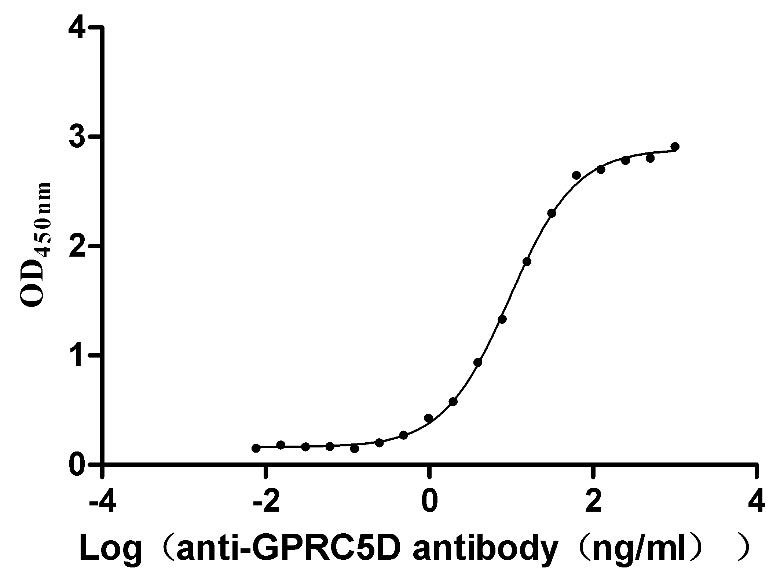
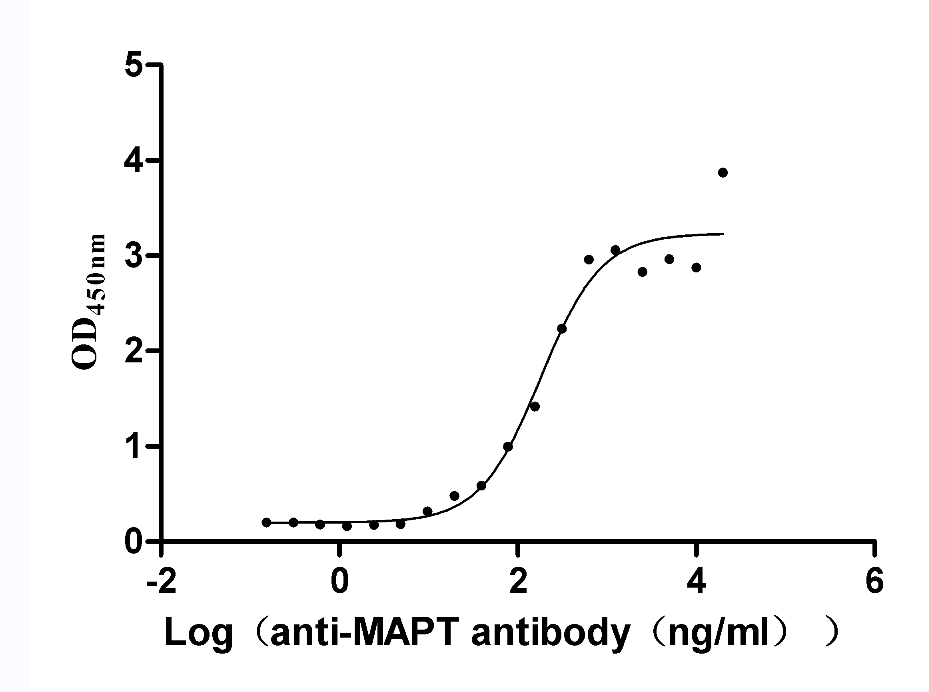
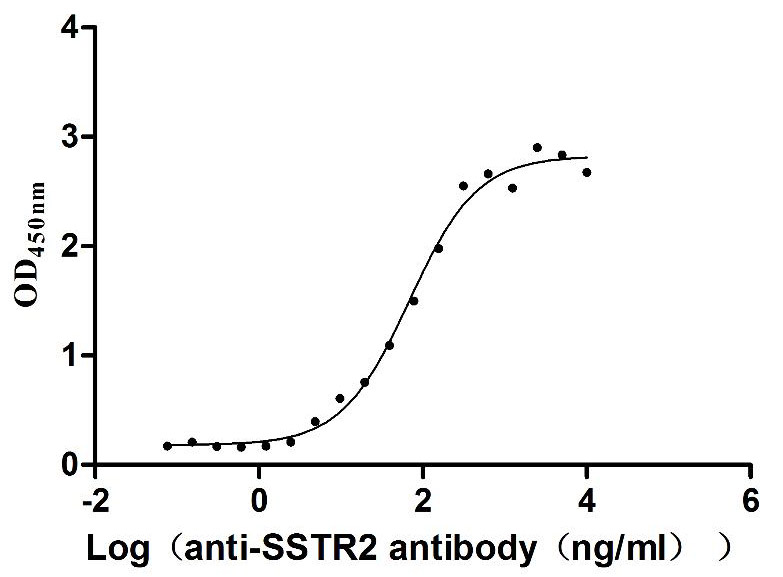
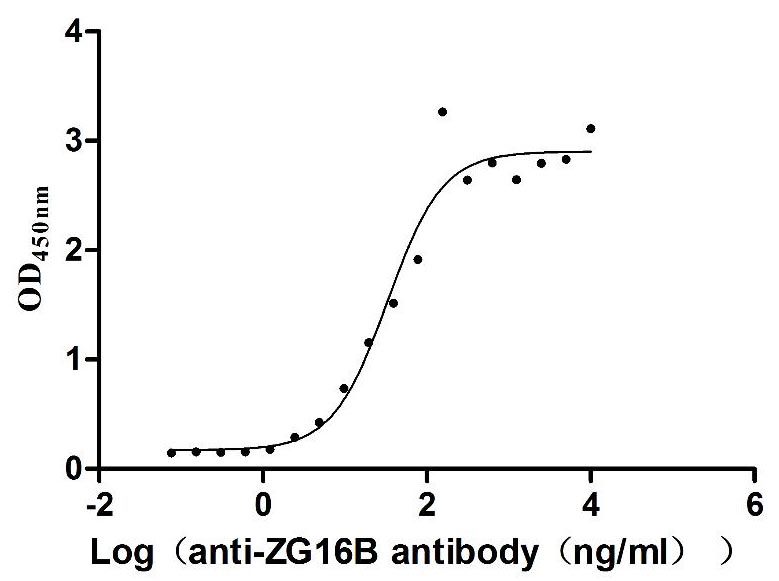
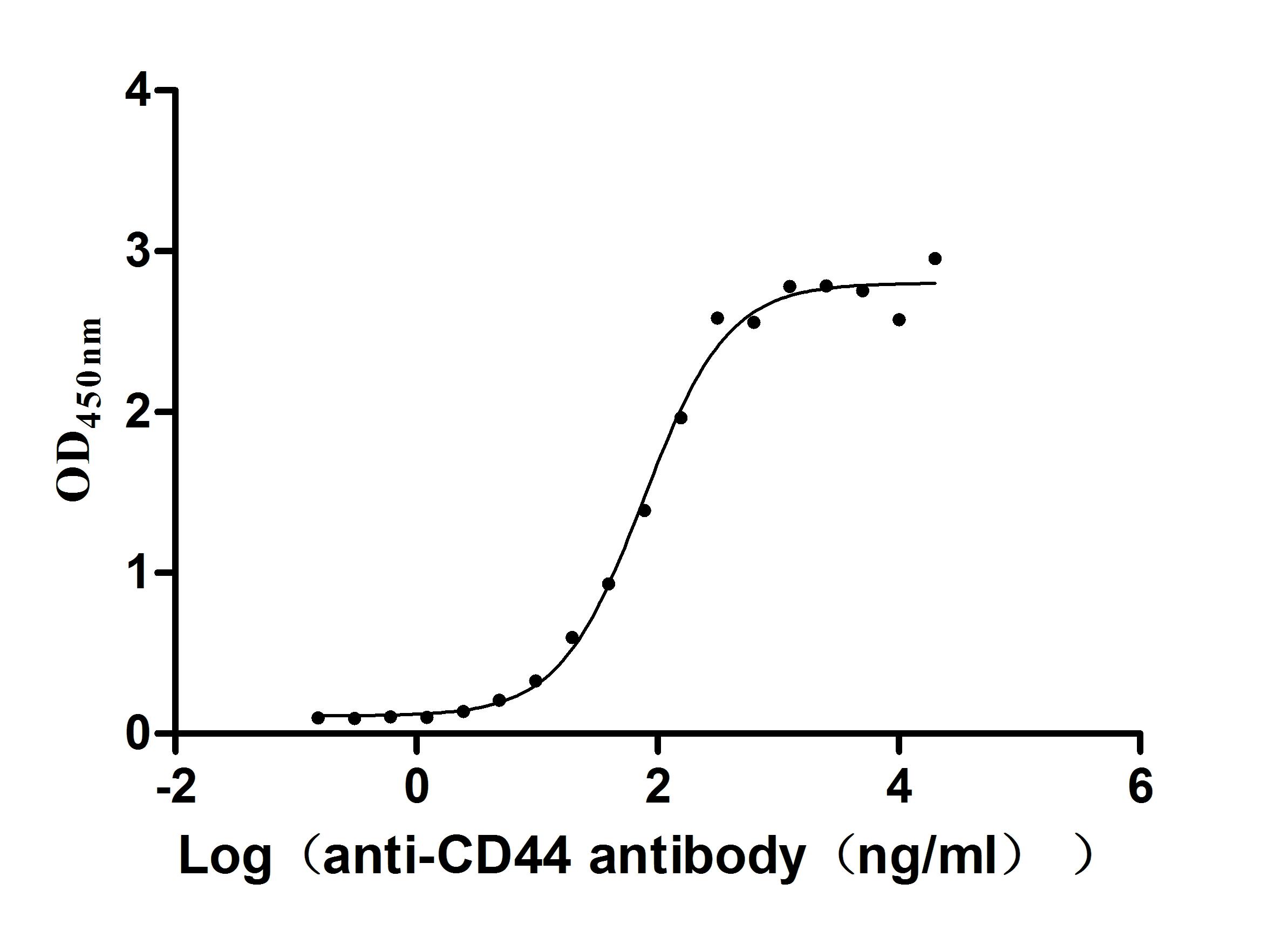
-AC1.jpg)
